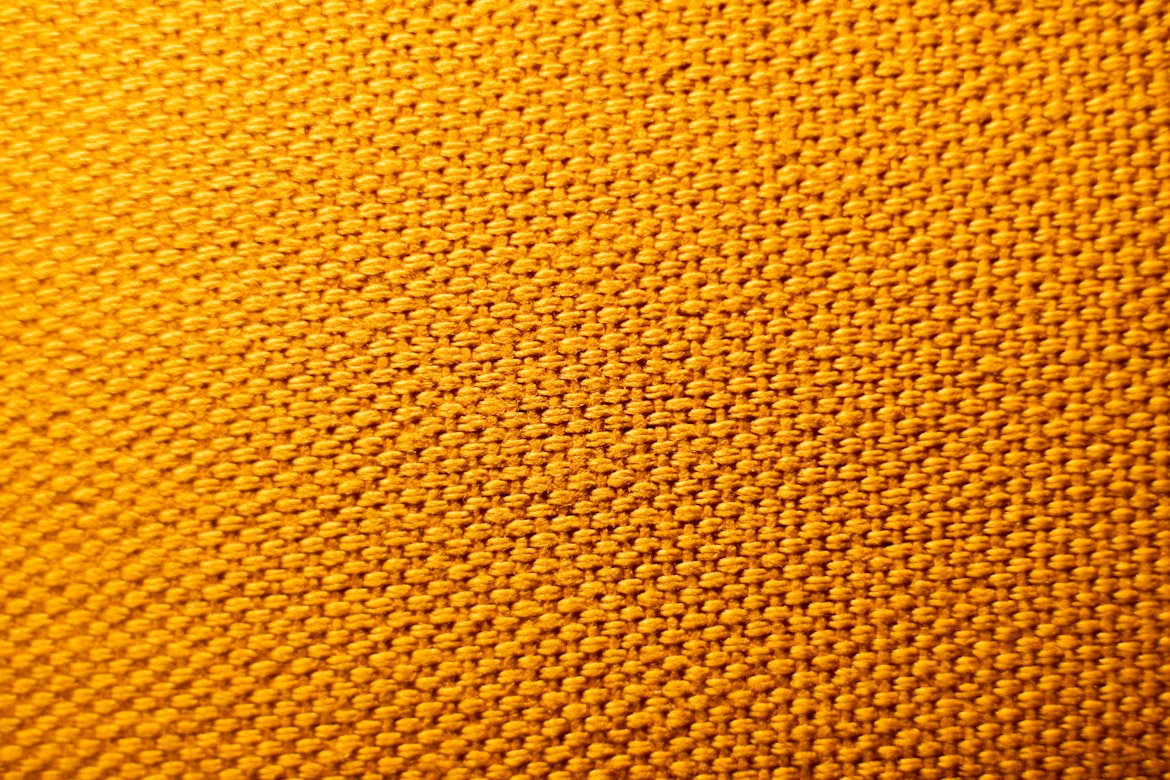What's The Difference Between Cording With Lip & Welt?
Lip or Welt?
We'll go through the fundamental differences between cording with lip and welt in this article. But first, let's talk about lip cord trim and how it differs from flat trim.
While braided cord or rope trim with a lip is also referred to as "trim," it differs from flat and grosgrain trim in look as well as how it is applied to the product. The cord, braided, and rope trim all have a circular section, commonly referred to as the cord, that is joined to a short flat part along the side known as the lip. When the cord is applied to the product, the lip is hidden in the fabric seam.
Lip cord trim works well on a variety of personalized products, not only pillows and valances. From cornices, draperies, festoons, and shades to accessories and bedding. Lip cord trim adds a stylish finishing touch to your project!
But what's the difference between chord and welt?
While both personalized accents are applied to our items in the same way, welt is manufactured from a fabric that is provided to most manufacturers, whereas cord is already made.
Welt is frequently coupled with flat trim and can be created from the same face fabric as the rest of the product's front, or a different fabric. A self welt is a welt created from the same fabric as the face.
A welt is included in the base labor charge for bolsters, toss pillows, bedspreads, and upholstered furniture like cornices and headboards. You might use a contrasting fabric for the welt to add a pop of color!
You could also use a lip cord trim instead of the welt. Just be sure to specify this while quoting, because welt and lip cord material yardage are calculated differently.
For a streamlined aesthetic, a knife edge simply sews the front face and backing fabrics together instead of using a welt or trim to separate the two layers of fabric. While a knife edge may be ideal for some styles, welt and lip cord are still a great way to complete your particular design. Keep in mind that several sizes are available, and different textiles have varying thicknesses based on the fabric's material composition.
When using upholstery weight cloth, standard welt will become extremely thick. In addition, for bigger upholstered objects like headboards, we normally use a larger welt chord, but everything is configurable.

